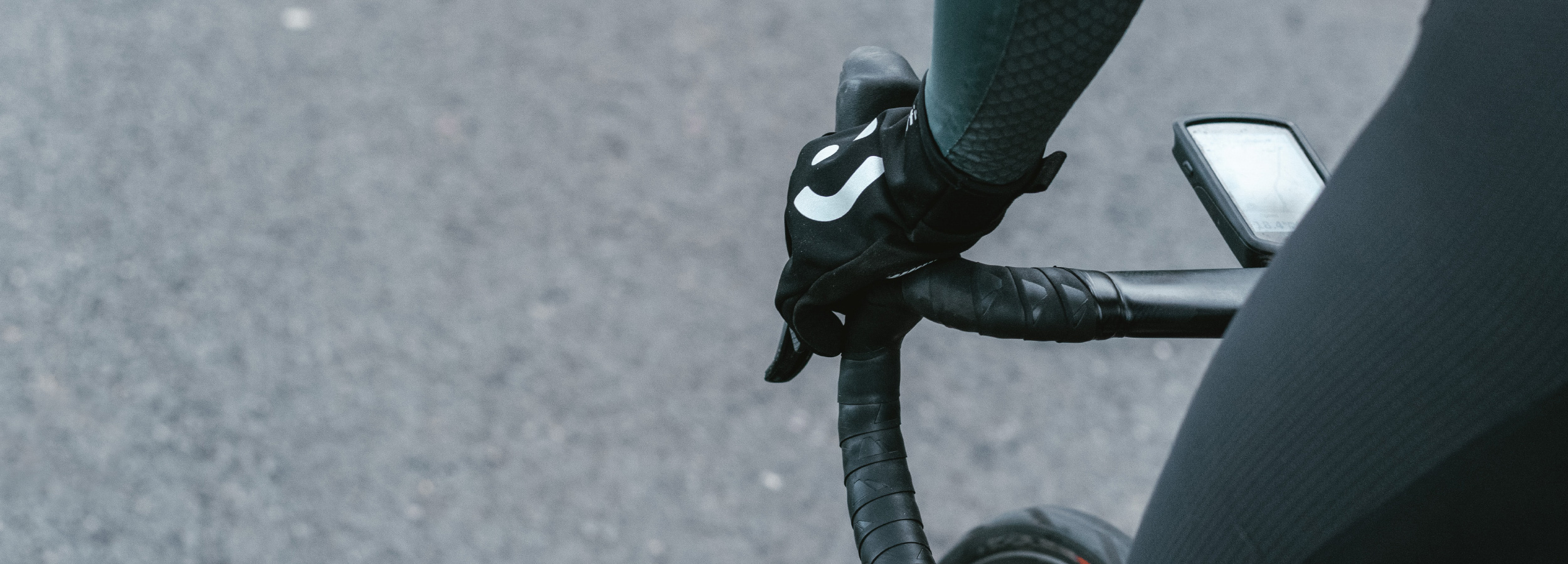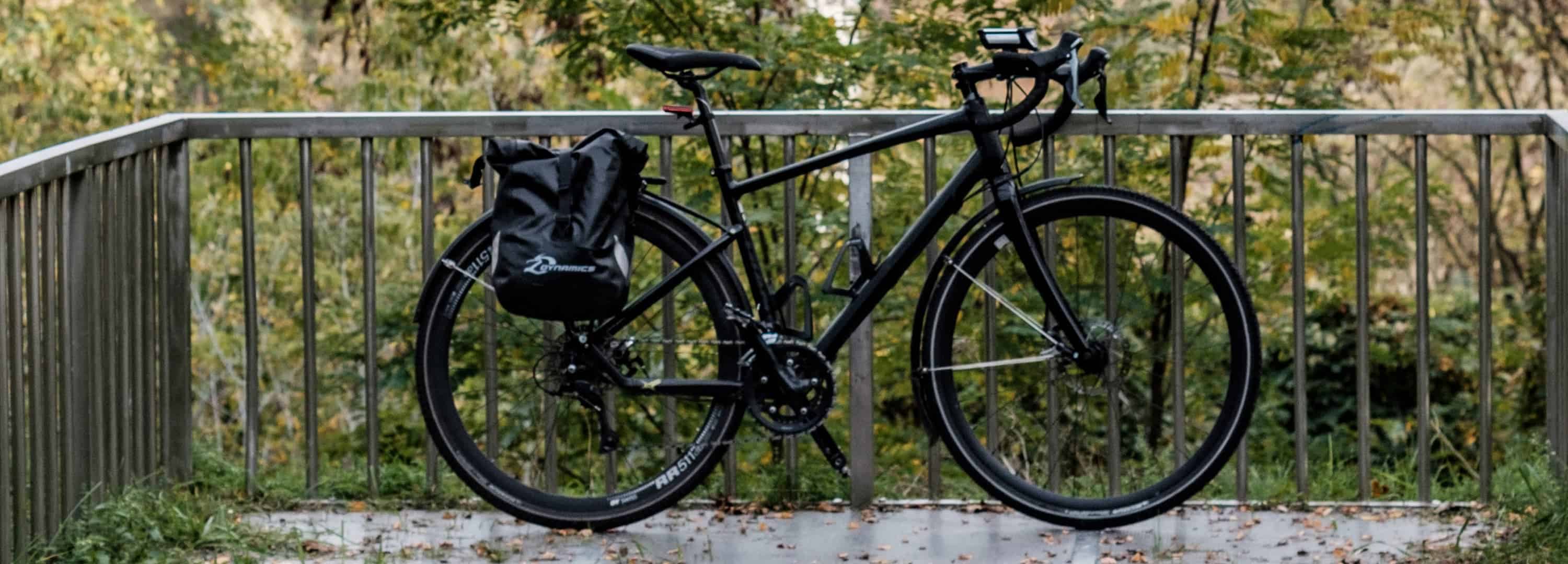Cycling kit must-haves
11 May 2021
If you’re one of the many people who are newly discovering, or even re-discovering, cycling then here’s a simple guide to help you get going.
The amount of kit and choice available can be a bit intimidating but all you really need is a bicycle and a positive attitude - anything else is a bonus (although we do think a helmet is a bit of a given, we are an insurance company after all).Padded Cycling Shorts
The first thing you’re going to notice, once you start riding further and more often, is some soreness as your bum gets used to it. So a pair of padded shorts should be near the top of anyone’s list. They come in a variety of shapes and sizes, from fitted lycra to baggy outer shorts with a lining or full ‘bib’ shorts most associated with road cycling. They all have a soft and spongy pad inside which is traditionally called a chamois. The amount of padding varies and obviously you can choose what you feel most comfortable with. They’re designed to be worn without underwear as that can contribute to chafing and the pad absorbs sweat away from the body (and if you become a truly obsessed cyclist just think of the weight you save by going commando).Gloves
Speaking of comfort, a pair of cycling-specific gloves are well worth considering. You don’t need to be doing anything aggressive (like attacking an alpine mountain stage) to benefit from the extra comfort and grip they provide. You’ll find they come in many weights for summer or winter use and can include things like gel pads on the palms, for those who find the pressure on their hands can make them sore.
Lights
Bicycle lights at the front and rear aren’t just for those who want to ride when it’s dark. In the same way that many cars now have daytime-running LEDs for better visibility it can be a great idea to use them at any time on a bike too. Relatively inexpensive LED front and rear lights, rechargeable via a USB connection, have various flashing patterns designed to maximise your chances of being seen. These types of lights are less able to light your way should there be no street lighting so, if you need to see as well as be seen, you should look for something with a high lumen count. As you’d expect the more lumens then the higher the price tag but we’d suggest you’d want at least 400 lumens, though something closer to 1000 is probably the minimum to ride off-road when it’s pitch black. We swear those trees jump out at us sometimes!A Pump
Bikes and punctures go together like [insert any cliché you care to think of]. But with the right kit on your bag you can remove the faff and get you riding again sharpish (your riding buddies will thank you). Pumps are available in small but powerful sizes so it’s no bother to have one attached to your frame or in your pack. You’ll also need something to repair the puncture of course. Remember those puncture repair kits we all used to use - weird rubber patches and that messy glue that you never really knew when it was dry or not? Well they’ve been consigned to history by little self-adhesive patches that simply stick straight on to the inner tube and stay there. It’s a good idea to carry a spare tube too just in case you have a really bad morning - like riding just after the council have been pruning all the hawthorn bushes (can’t they vacuum them up or something?).Multi tool
Punctures aren’t the only ‘mechanical’ you might encounter while you’re out and about and a multi-tool has been the saviour of many a day. Think of one as the Swiss Army Knife of bike tools. They come adorned with the essential sizes of allen key and spanner, plus chain tool and one random thing no-one ever uses because no-one knows what it does.